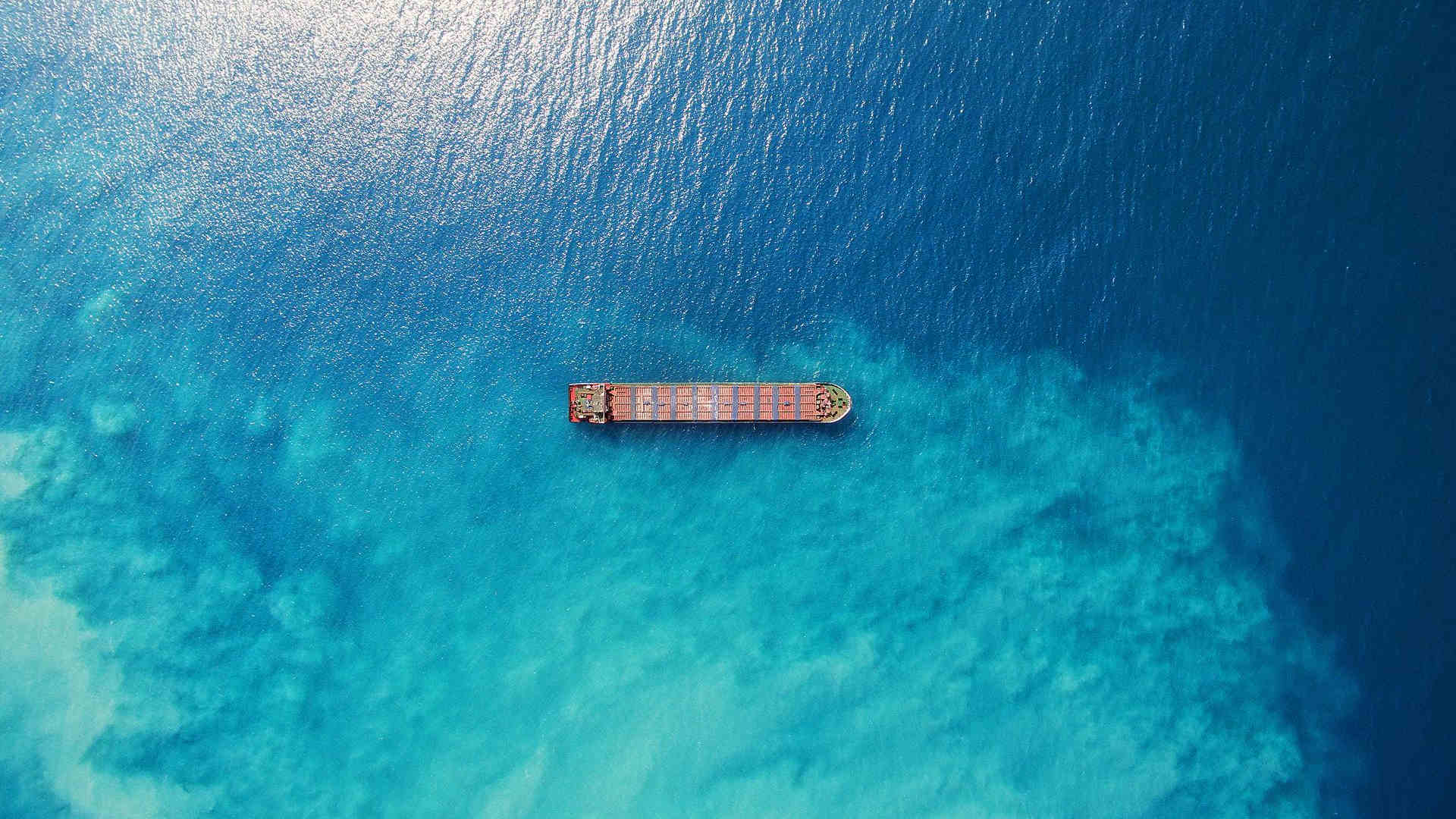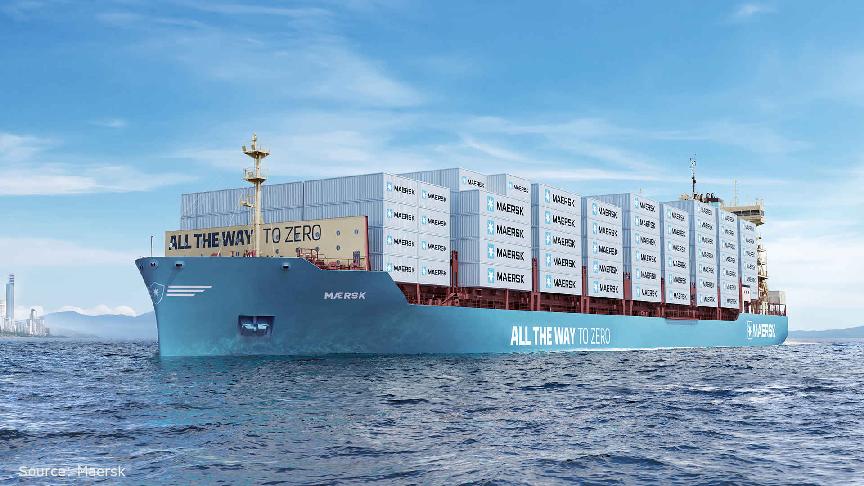
New noise-reducing technology could bring more tranquility to life under the sea
The PressurePores technology could reduce a ship's noise by up to 14%
Have you ever wondered what sea creatures hear when a mega containership passes above their heads? It is called underwater-radiated noise (URN), and it could be as loud as 180dB and audible by marine life from as far as 100 miles away.
UK-based technology company Oscar Propulsion and the University of Strathclyde, Scotland, have created a new technology to help turn down the volume for sea life. The technology, called PressurePores, reduces the URN generated by a ship’s propeller by applying a small number of strategically bored holes in the propeller blades. These holes relieve water pressure and allow ships to operate with a more silent propeller.
“Underwater radiated noise is one of the most adverse environmental by-products from commercial shipping, yet unlike other forms of marine pollution, there is currently no international legislation in place to prevent or reduce this source of environmental damage,” said Lars Eikeland, Marine Director at Oscar Propulsion, in a press release.
It took approximately four years to fully develop and test this technology, which now has a proven ability to reduce cavitation volume by almost 14% and URN by up to 10dB, according to the company.
“We have found the optimum number of holes required to reduce the noise. So long as the right number of holes are placed in the most effective positions, a cavitation sweet spot can be achieved,” said Eikeland.
“It’s not a case of simply drilling holes into the blades, as this will affect the propeller’s thrust capability. We know exactly where to place the holes for maximum efficiency and for optimum noise reduction,” Eikeland added.
URN can cause irreparable harm to sea creatures as it puts them under stress and can push them to change their natural habitat displacement. According to the US National Oceanic and Atmospheric Administration, a level of URN above 160db can pose a significant risk to marine life.
Source: Container News, Oscar Propulsion
Related articles
Sea news Blockchain-enabled guarantee of origin and marking can address well-to-wake
Blockchain-enabled guarantee of origin and marking can address well-to-wake  Industry survey dispels myths of digitalisation for shipping
Industry survey dispels myths of digitalisation for shipping  China showcases nuclear ultra-large containership concept
China showcases nuclear ultra-large containership concept  Chinese shipyard Zhoushan Xinya to convert Maersk’s first containership to using methanol as fuel
Chinese shipyard Zhoushan Xinya to convert Maersk’s first containership to using methanol as fuel  Ground-breaking boxship named Laura Maersk by European Commission president
Ground-breaking boxship named Laura Maersk by European Commission president  Rising ocean temperatures pose stormy waters for the shipping industry
Rising ocean temperatures pose stormy waters for the shipping industry
 Blockchain-enabled guarantee of origin and marking can address well-to-wake
Blockchain-enabled guarantee of origin and marking can address well-to-wake Read full article
Sea news Industry survey dispels myths of digitalisation for shipping
Industry survey dispels myths of digitalisation for shipping Read full article
Sea news China showcases nuclear ultra-large containership concept
China showcases nuclear ultra-large containership concept Read full article
Sea news Chinese shipyard Zhoushan Xinya to convert Maersk’s first containership to using methanol as fuel
Chinese shipyard Zhoushan Xinya to convert Maersk’s first containership to using methanol as fuel Read full article
Sea news Ground-breaking boxship named Laura Maersk by European Commission president
Ground-breaking boxship named Laura Maersk by European Commission president Read full article
Sea news Rising ocean temperatures pose stormy waters for the shipping industry
Rising ocean temperatures pose stormy waters for the shipping industry Read full article